THE DUBLIN LORD MAYOR'S COACH
A few years ago I described this as The Lord Mayor's Coach but soon after I received a communication that my description was incorrect because Dublin has a Mayor not a Lord Mayor. Anyway I contacted the Mansion House and they supplied the following information: "The position of Mayor of Dublin was created in June 1229 by Prince Henry III. This title was elevated to Lord Mayor in 1665 by King Charles II."
During the third quarter of the eighteenth century, transport for public figures was usually hired. As wealth increased, people who mattered sought conveyances in keeping with their status. Around 1757, a highly ornamented coach was built for the Lord Mayor of London. The civic authorities in Dublin, second city of the Empire and then entering a period of great prosperity, believed that our Lord Mayor should also travel in a coach that accorded with his position. The Marquess of Kildare therefore donated a vehicle suitable for civic use.
In July 1789, when the Kildare coach was adjudged to be worn out, a replacement was ordered. Dublin at that time had a substantial coach building industry with an excellent reputation and more than 1,900 men employed in up to forty factories. The order for the new Mayoral coach was placed with William Whitton, one of three vehicle builders located in Dominick Street.
The highly decorated coach, delivered in 1791 and described as brancard and double bowed, is 24 feet (7.3m) long, 8 feet (2.4m) wide and 11 feet 6 inches (3.5m) high. Its suspension was by whip springs and straps. It was intended to compete in splendour with the coach delivered in 1790 to Lord Clare, Lord Chancellor of Ireland.
When the provision of the new mayoral coach was first mooted, the cost was set at £600, but this was later raised to £1,200. Whitton's final bill, submitted in January 1792, totalled £2,690, an enormous sum at that time. However, this was considered good value, especially in view of the vehicle's marvellous paintings and carvings, and its exaltation of Dublin craftsmanship. In that era, the Guilds, many of whose members were involved in the various skills that had gone into building the coach, dominated the Corporation or City Assembly and could therefore take justifiable pride in their creation. Sadly, William Whitton died in November 1792 without recompense, payment later going to his widow, Eleanor.
During the third quarter of the eighteenth century, transport for public figures was usually hired. As wealth increased, people who mattered sought conveyances in keeping with their status. Around 1757, a highly ornamented coach was built for the Lord Mayor of London. The civic authorities in Dublin, second city of the Empire and then entering a period of great prosperity, believed that our Lord Mayor should also travel in a coach that accorded with his position. The Marquess of Kildare therefore donated a vehicle suitable for civic use.
In July 1789, when the Kildare coach was adjudged to be worn out, a replacement was ordered. Dublin at that time had a substantial coach building industry with an excellent reputation and more than 1,900 men employed in up to forty factories. The order for the new Mayoral coach was placed with William Whitton, one of three vehicle builders located in Dominick Street.
The highly decorated coach, delivered in 1791 and described as brancard and double bowed, is 24 feet (7.3m) long, 8 feet (2.4m) wide and 11 feet 6 inches (3.5m) high. Its suspension was by whip springs and straps. It was intended to compete in splendour with the coach delivered in 1790 to Lord Clare, Lord Chancellor of Ireland.
When the provision of the new mayoral coach was first mooted, the cost was set at £600, but this was later raised to £1,200. Whitton's final bill, submitted in January 1792, totalled £2,690, an enormous sum at that time. However, this was considered good value, especially in view of the vehicle's marvellous paintings and carvings, and its exaltation of Dublin craftsmanship. In that era, the Guilds, many of whose members were involved in the various skills that had gone into building the coach, dominated the Corporation or City Assembly and could therefore take justifiable pride in their creation. Sadly, William Whitton died in November 1792 without recompense, payment later going to his widow, Eleanor.
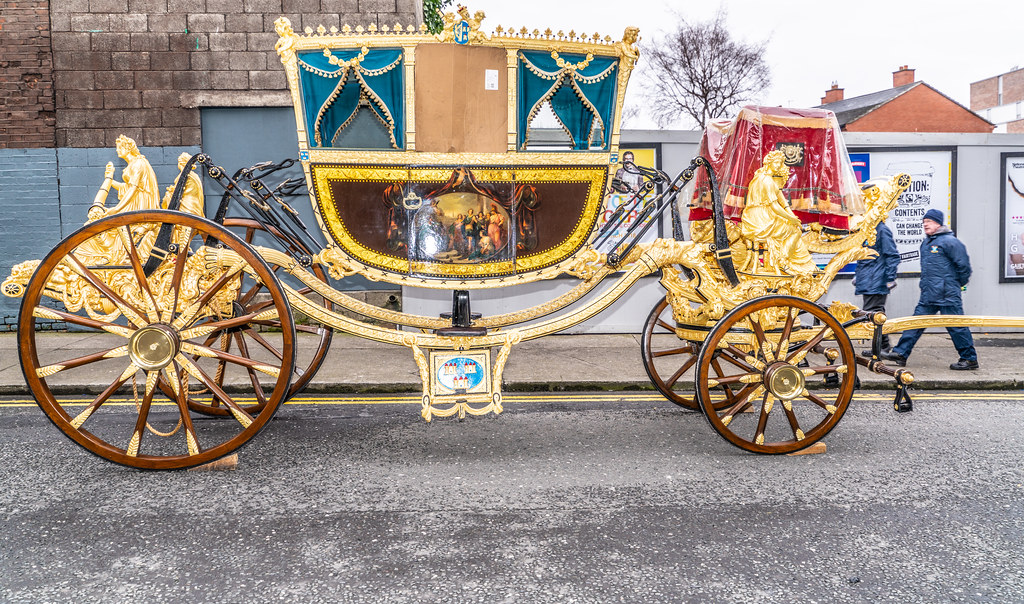
THE DUBLIN LORD MAYOR'S COACH 001
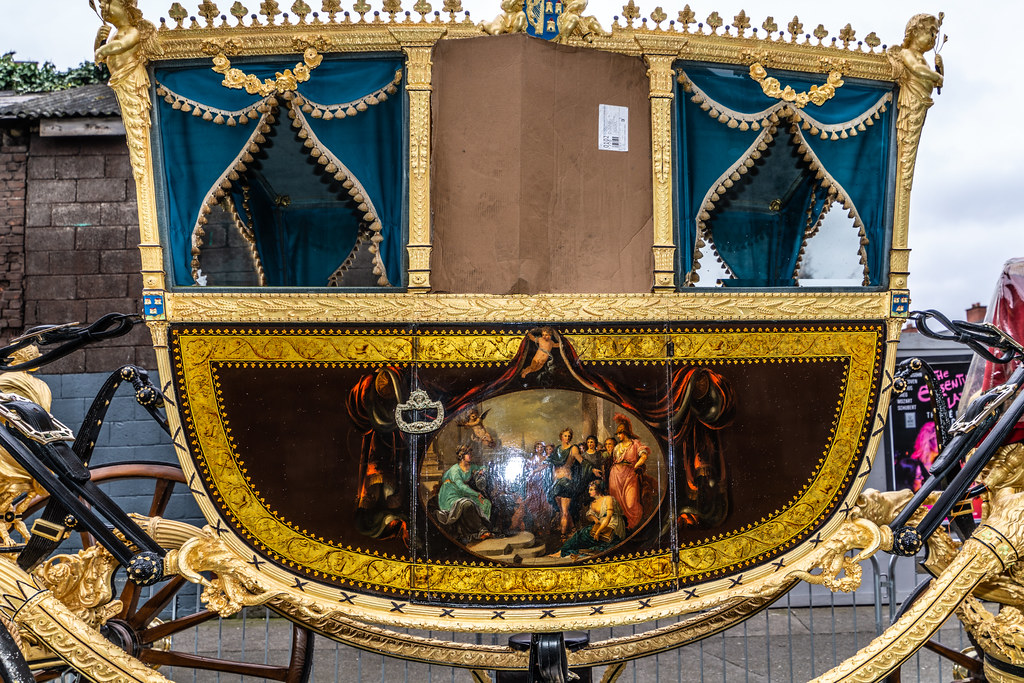
THE DUBLIN LORD MAYOR'S COACH 002
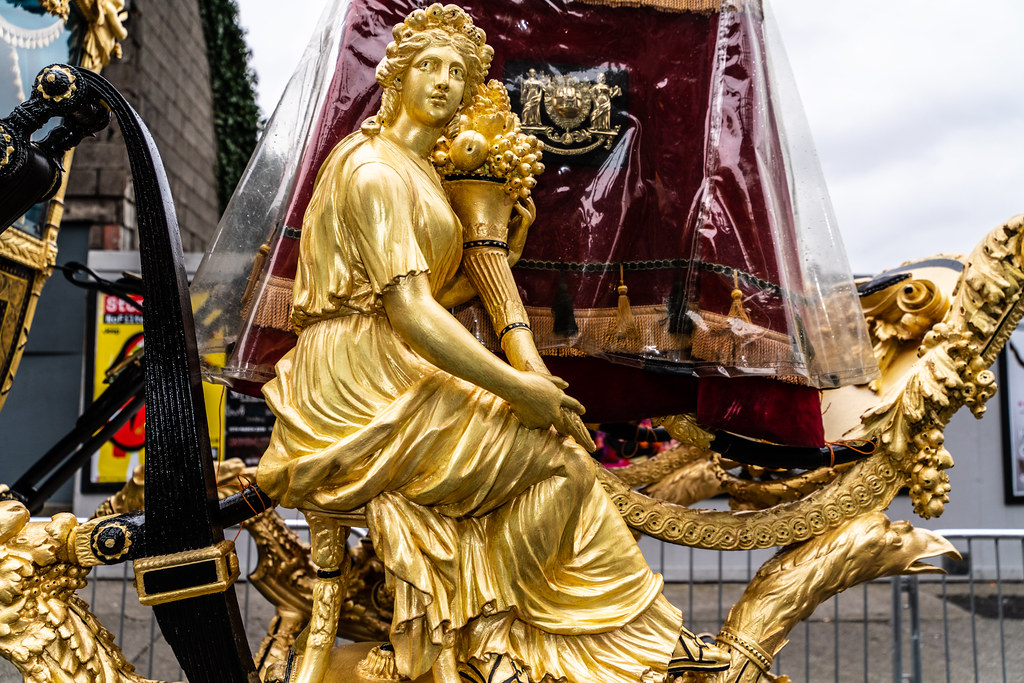
THE DUBLIN LORD MAYOR'S COACH 003
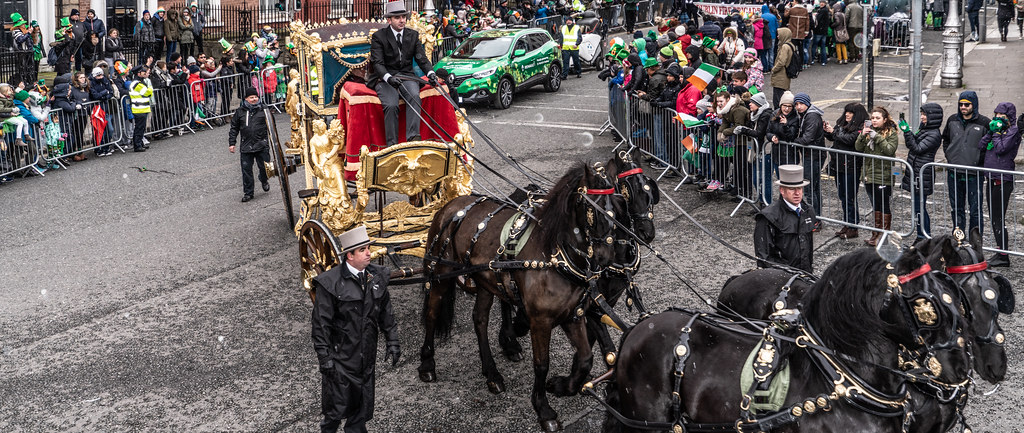
THE DUBLIN LORD MAYOR'S COACH 004
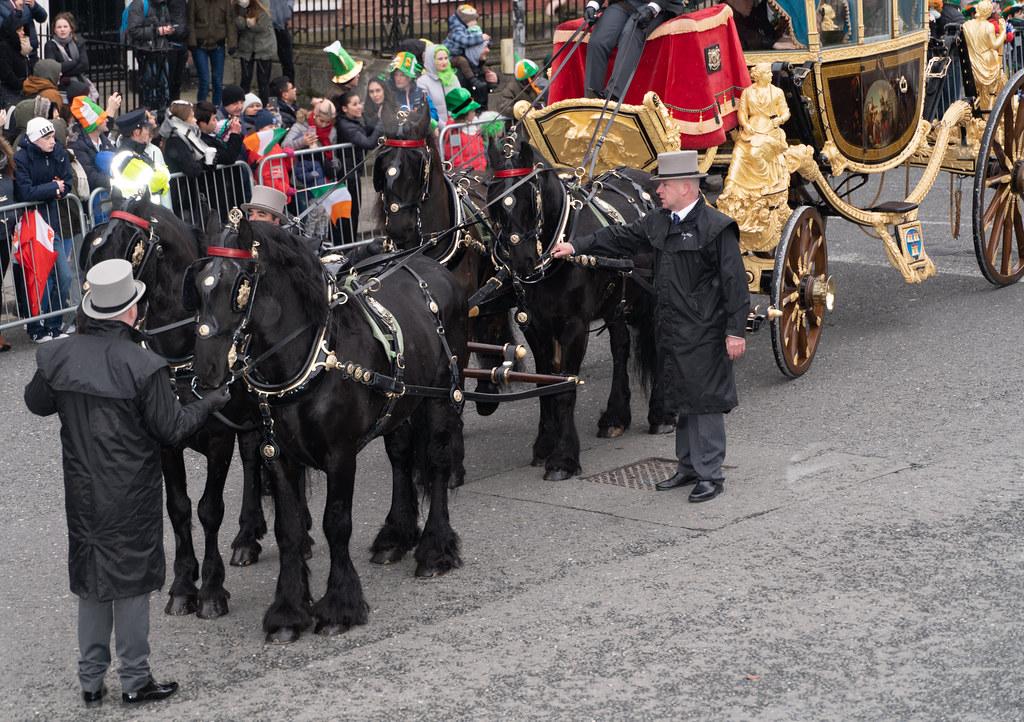
THE DUBLIN LORD MAYOR'S COACH 005
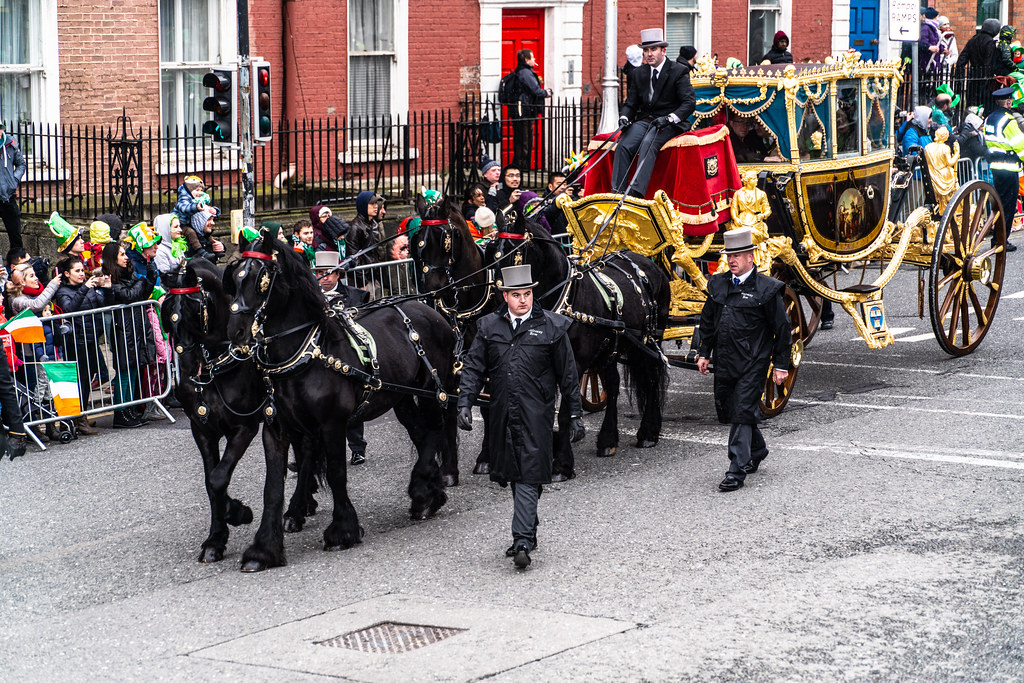
THE DUBLIN LORD MAYOR'S COACH 006
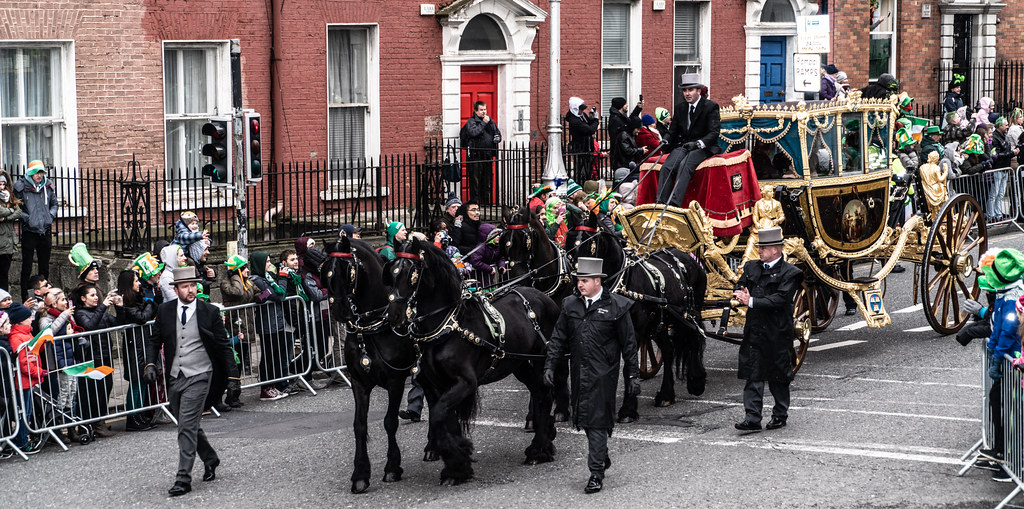
THE DUBLIN LORD MAYOR'S COACH 007
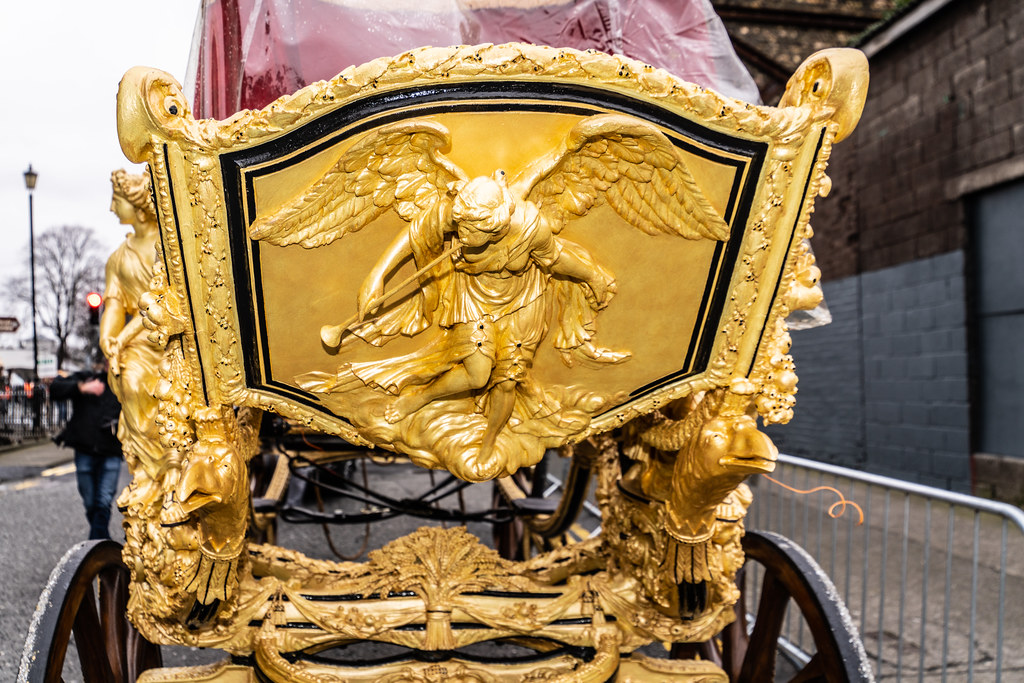
THE DUBLIN LORD MAYOR'S COACH 008
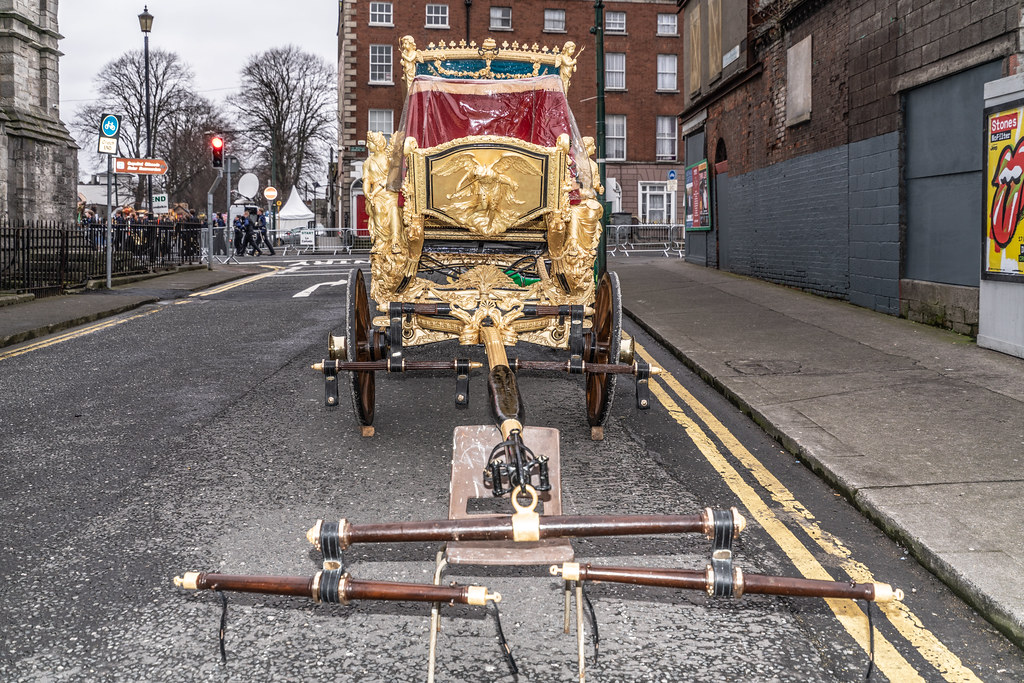
THE DUBLIN LORD MAYOR'S COACH 009
You will find links to buy products from Amazon, Google and other partners. If you click on these links, you’ll find that the URL includes a small extra piece of text which identifies that the click came from my websites. This text is an affiliate code, and it means that I get a small percentage of the money you spend if you choose to buy that product, or, in some cases, other products from the site soon after. These affiliate links help pay the costs of producing my websites and ensure that the content is free to you.
COPYRIGHT INFORMATION BELOW APPLIES ONLY TO PHOTOGRAPHS

This work by William Murphy aka Infomatique is licensed under a Creative Commons Attribution-NonCommercial-ShareAlike 4.0 International License.
Permissions beyond the scope of this license may be available at https://excellentstreetimages.com/in-the-year-twentytwenty/copyright/.
